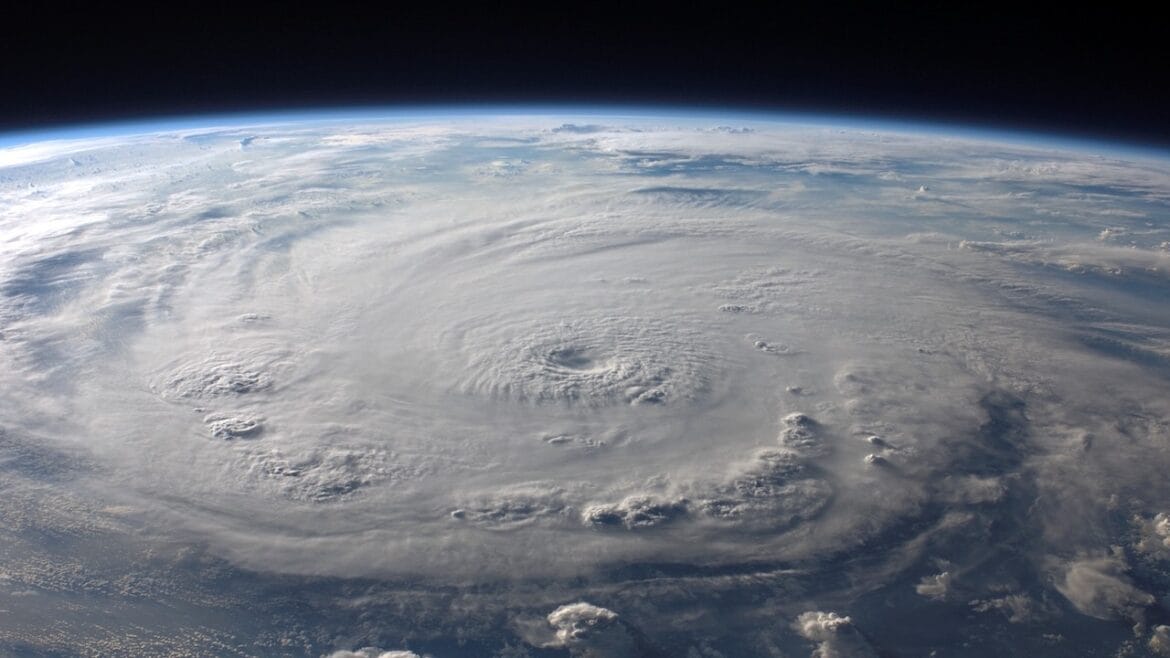In the aftermath of hurricanes, the devastation, debris, and often toxic invader commonly found in many homes is mold.
Mold poses a significant danger and can be life-threatening, in the worst of cases.
Exposure to mold can cause asthma-like reactions or worsen an existing condition, eye and skin irritation, and allergies, according to the U.S. Centers for Disease Control and Prevention. People who are immunocompromised are at an even higher risk of developing severe infections from mold exposure.
For individuals residing in regions of the country, like Florida, where hurricanes and storms are frequent, learning to clean up mold may be a regular part of their lives.
Protecting yourself from mold exposure after a storm
During a hurricane or flood, the water that enters your home can carry sewage and chemicals, exposing you to viruses, bacteria, and parasites. If you find yourself entering a flooded home, it is crucial to be prepared to protect yourself.
The CDC recommends taking several precautions, including wearing eye protection, gloves, boots, an N95 respirator, long-sleeved shirts, and pants while inside a damaged home.
Be on the lookout for structural or electrical hazards so you can steer clear of them.
Take photographs of your home and belongings for insurance purposes.
The cleanup process
To remediate mold damage, you can either begin the cleanup process yourself or hire a professional mold inspection or remediation service.
The first step, according to the CDC, is to drain standing water and remove any wet items. While this can be said in less than 10 words, it is actually a long and laborious process that has to be done right: All porous items that were wet during the hurricane, tornado, or storm, will have to be fully dried out within 24-48 hours.
In many cases, depending on how bad the water damage was, parts of the walls, sheetrock or dry wall, and flooring will need to be removed, and fans and other equipment will need to be used to dry out the home.
To prevent further mold damage, it is essential to dry your house as quickly as possible, extricating water from floors and carpets using a wet vac.
If everything is not dried within two days, growth is likely to occur, even if you cannot see or smell mold. This is because the fungi can hide under carpets and walls. Eventually, however, you will be able to smell the mold, as well as the mycotoxins and volatile organic compounds, or VOCs, that it emits or creates. Those microscopic particles are actually what gives mold its smell.

To ensure proper air circulation, open all the doors, windows, closets, cabinets, and attics as you go along.
Remove drawers, clean them, and stack them to air out. Leave doors and windows open when you exit your home.
The CDC recommends sealing off moldy areas with plastic tarps until they are completely cleaned. Items that cannot be disinfected and dried should be thrown away.
Use water and detergent, but don’t mix cleaning products together, as some combinations, such as bleach and ammonia, can create toxic vapors.
Do not paint or caulk over mold, as this will not stop it from growing.
Work with professionals
Mold remediators, mold assessors, and industrial hygienists classify mold spores by obtaining air quality and swab samples to map out a plan for the home. The initial step taken by remediation professionals is to contain the mold areas to prevent further spread. They then proceed to remove damaged drywall and run a negative air pressure machine, which filters air through five filters to purify it. This helps prevent the spread of the fungi, which can become airborne as walls and flooring are removed.
By hiring an industrial hygienist, homeowners can gain a better understanding of how the mold started. A hygienist may be able to quantify the moisture in the home and use thermal imaging to locate points of origin, such as cracks in the home’s foundation or roof leaks. Hygienists also take samples of the mold and send the swabs to the lab
before suggesting a course of action to fix the problem and protect the home in the future. After remediation, they may even conduct tests to ensure that the home is free of
mold.
Ensuring your safety
If you need to remain in the damaged home during the cleanup process, the CDC recommends sealing off a clean room for sleeping.
Leave shoes and other items outside and always shower before going to bed (although it is best to avoid showering in a home with a mold problem.)
Open a window for fresh air, but ensure it is away from moldy debris piles. If possible, reduce your exposure to the fungi by spending time outdoors and visiting public places.
Avoid turning on the air conditioner until the home is inspected, as it can increase dampness and spread mold into different rooms.
Hiring help after a hurricane
If your home air quality or your health declines sometime after a hurricane, you should suspect that mold within your home may be the reason for it. Our team at Mold Solutions speaks to and helps people from all across the Tampa Bay Area whose indoor air quality—and thus, quality of life—has been affected by mold.
Please take advantage of our free environmental consultation. We can help you locate any last remnants of hidden mold and moisture, whether behind walls, under floorboards, on in carpet.
Oftentimes what happens is that homeowners “fully dry out” their homes after a flood, but some moisture is inevitably left behind. What feels dry to the touch may actually be plenty of water for mold to take root and adversely affect you.







